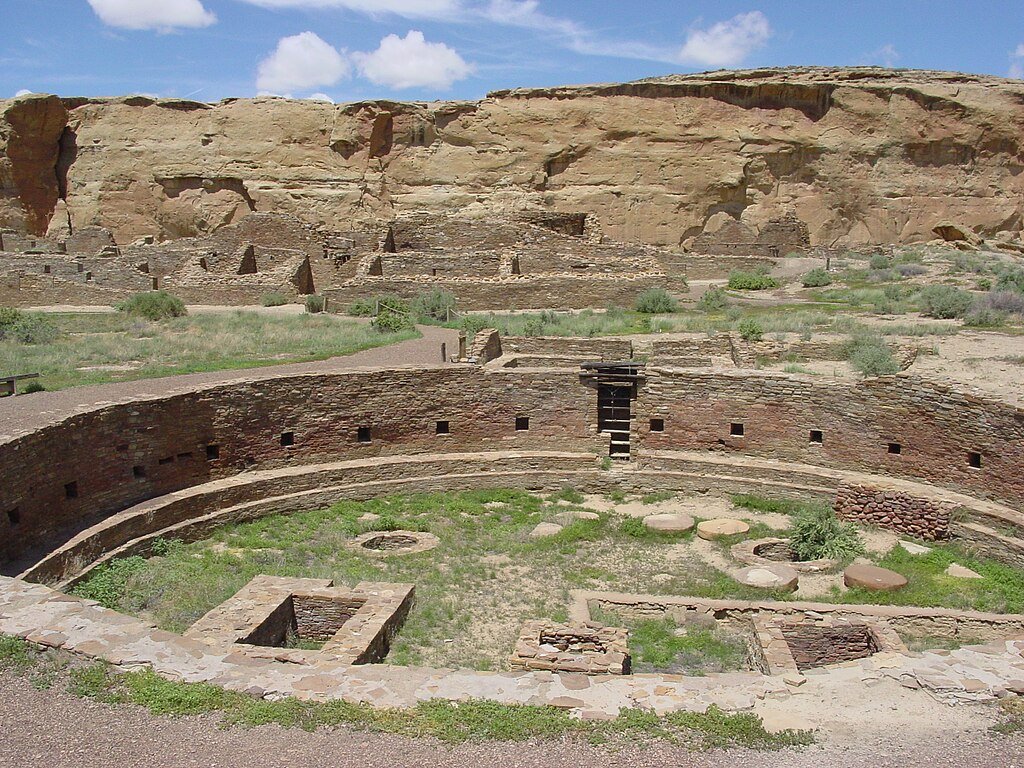For the first time, a federally recognized Indigenous tribe has led a genetic study confirming their ancestral connection to Chaco Canyon. The Picuris Pueblo, a sovereign nation in New Mexico, has long maintained oral histories linking them to the region, but scientific validation was lacking. By sequencing ancient DNA, researchers have now provided genetic evidence supporting these traditions.
How the Study Was Conducted
The Picuris Pueblo collaborated with an international team of geneticists to analyze DNA from sixteen ancient individuals who lived between 1300 and 1500 A.D. in or near Chaco Canyon. Their genomes were compared to those of thirteen present-day Picuris members, revealing a strong genetic continuity between ancient and modern Picuris people.
Significance of the Findings
This study marks a shift in how Indigenous communities engage with scientific research. Historically, archaeologists and geneticists have studied artifacts and remains without tribal consent. In contrast, the Picuris-led project ensured that all aspects of the research were approved by the tribe, reinforcing their role in shaping narratives about their own heritage.
Implications for Cultural Preservation
The findings strengthen the Picuris Pueblo’s ability to advocate for the protection of Chaco Canyon, particularly amid ongoing debates about oil and gas drilling in the region. Tribal leaders emphasize that DNA evidence complements their oral histories, providing additional leverage in conservation efforts.
Conclusion

By combining oral traditions with genetic analysis, the Picuris Pueblo has reaffirmed their ancestral ties to Chaco Canyon. This research not only validates Indigenous knowledge but also sets a precedent for future collaborations between tribes and scientists in preserving cultural heritage.
Source:




